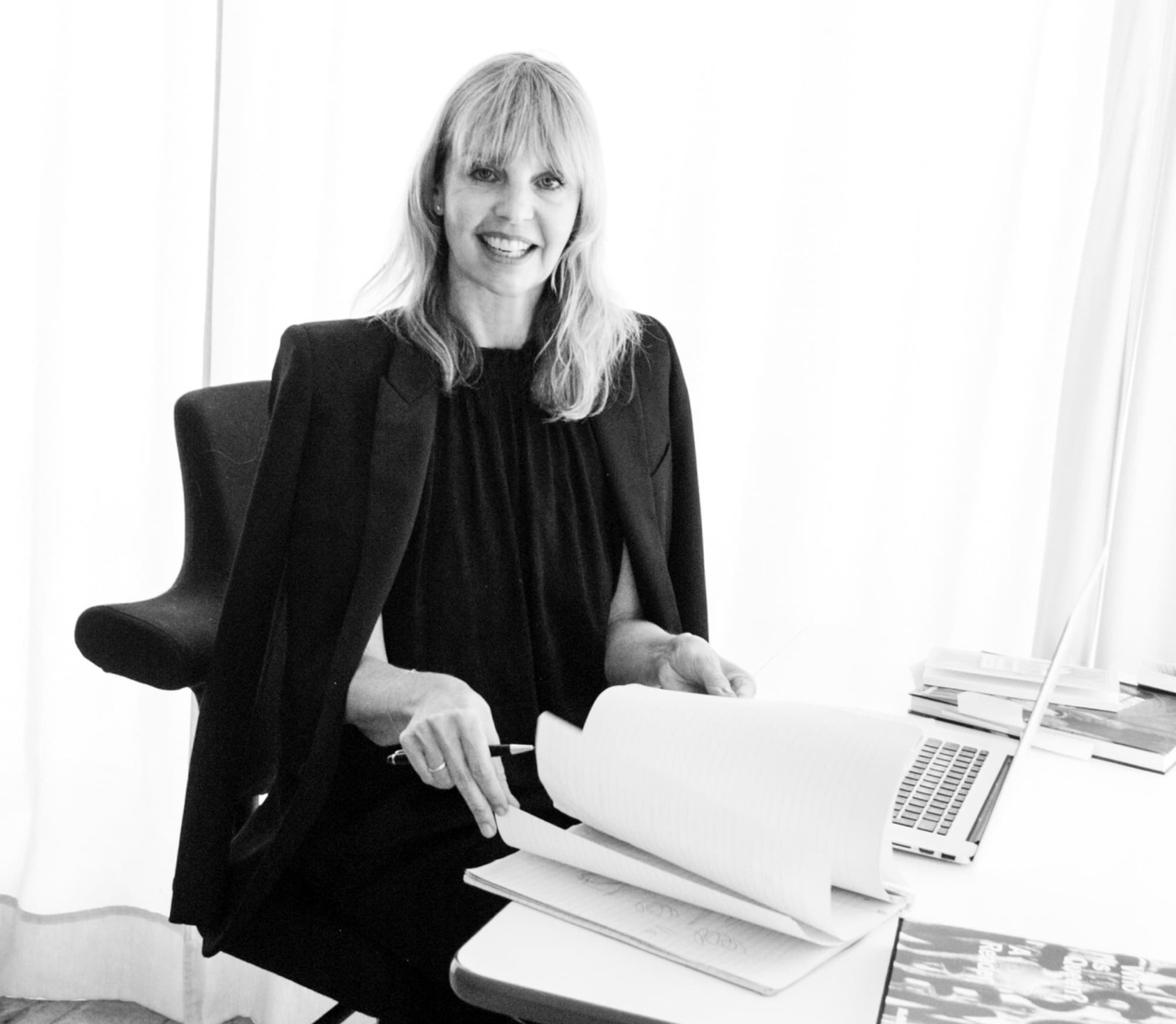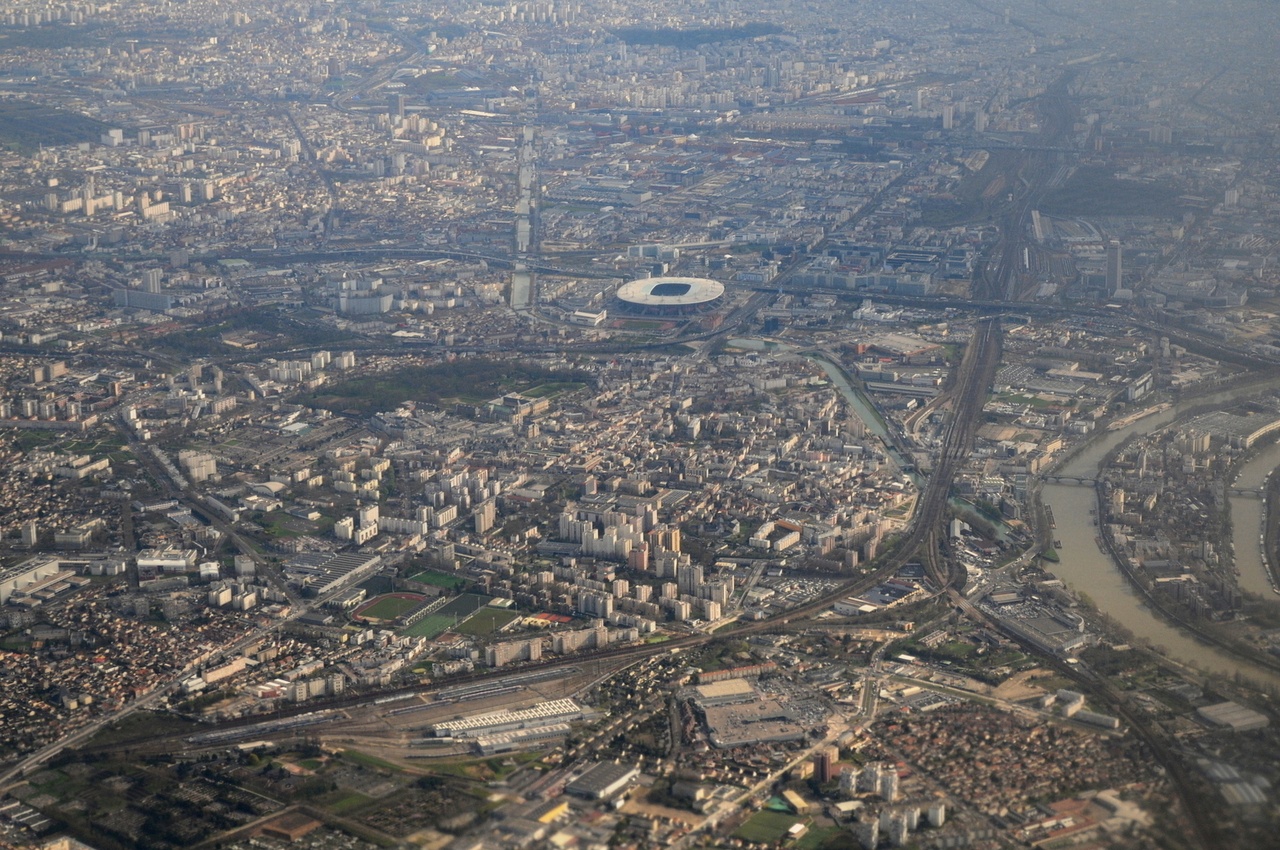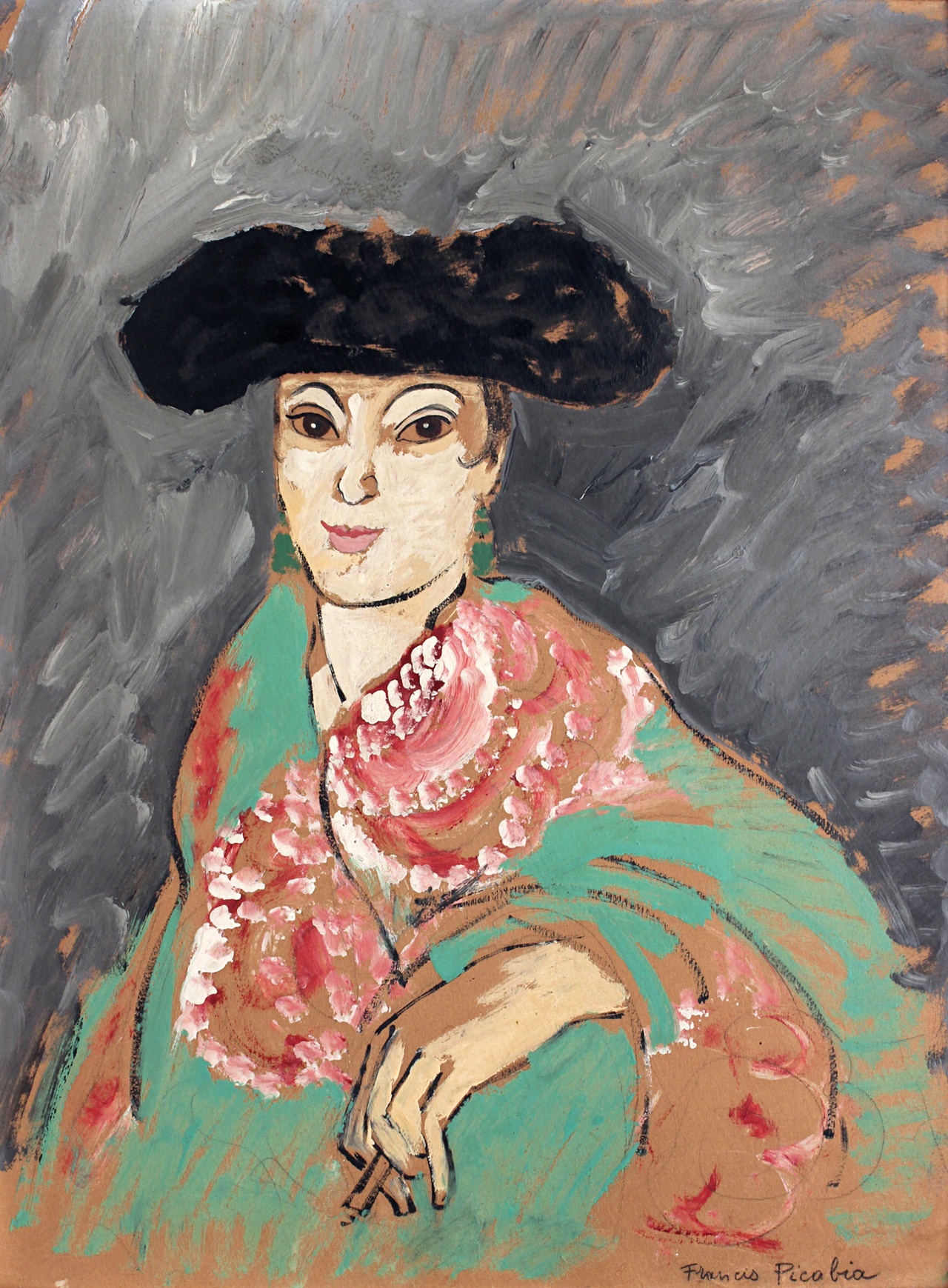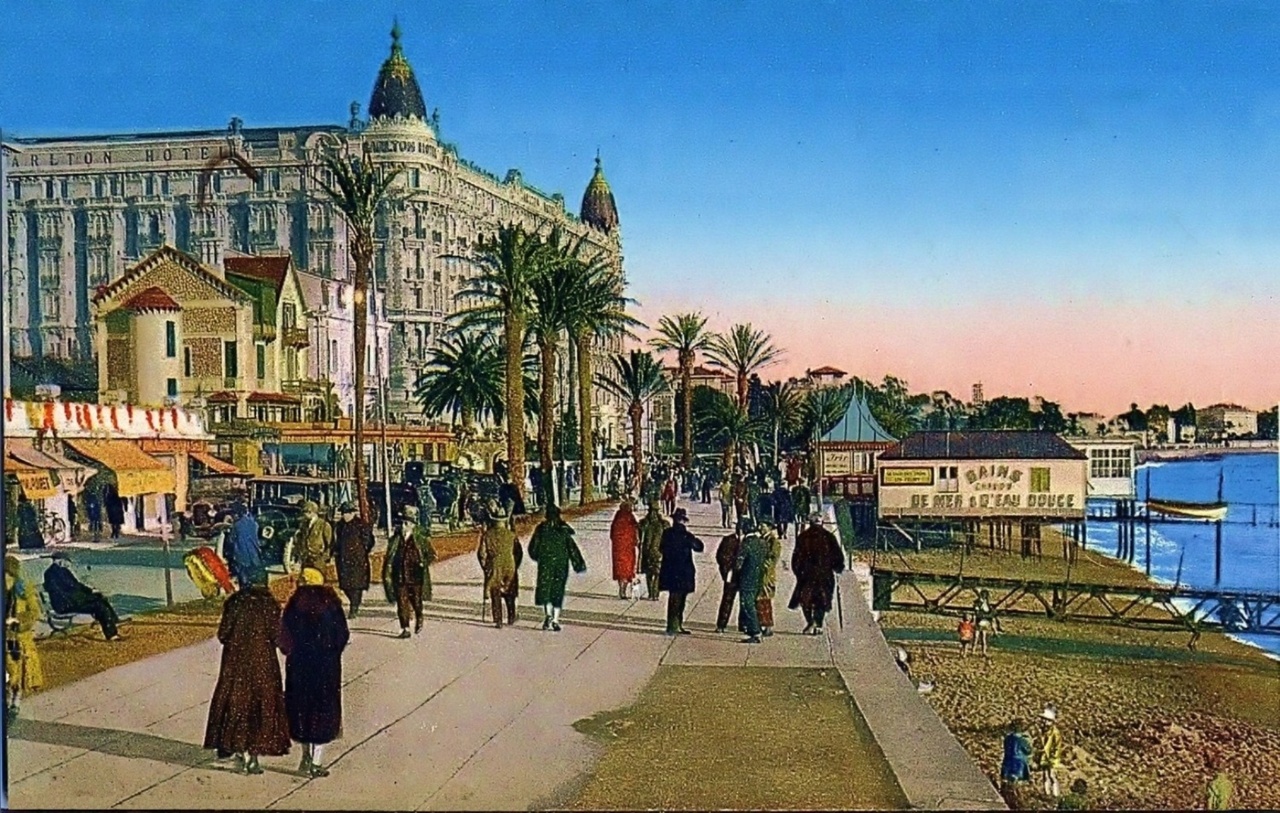SEEN & READ – BY ISABELLE GRAW Anne Weber, Francis Picabia, Katja Eichinger

Anne Weber, Bannmeilen. Ein Roman in Streifzügen

Aerial view of the Parisian banlieue Saint-Denis, 2016
Anne Weber, a resident of the center of Paris, has departed on a Situationist-style dérive through the metropolis on the Seine. Together with her friend Thierry, she spends cold-weather days exploring urban outskirts crisscrossed by highways and expressways, places where no one expects to encounter pedestrians. Weber has a keen eye for the detail of the architectural and urban structures in these areas: bulky waste is strewn across the streets as a matter of course, while many of the housing projects – built way back when, in the spirit of modernism – are in a state of decay or have since been demolished. While wandering these dystopian environments, the two of them encounter abandoned homeless shelters, broken playgrounds, and pulled-down shutters. Green spaces and places to rest are scarce – often, the author and her friend are forced to walk for hours before they can find a spot to sit and eat their baguette sandwiches, their paths lined instead with discount stores and makeshift auto repair shops. Thierry, whose father was born in Algeria, assumes the role of a guide deeply familiar with the social and political conditions of the city’s outskirts. At times, he ridicules his privileged friend’s fascination with the banlieues, while she, in turn, often wonders if her observations and reflections betray the bias of a white, bourgeois woman. A recurring focal point of the novel is a café that Weber and her friend frequently revisit during their wanderings. It serves both as a refuge and a social utopia: it is the place that sees the first meaningful encounters and conversations between the banlieue’s residents and its visitors.
Matthes & Seitz, 2024, 301 pages.
“Picabias Frauen”

Francis Picabia, “Toréador,” ca. 1937–38
The fact that this selection of Picabia paintings from 1925 to 1950 is now on show in a Berlin gallery is something of a stroke of luck, considering the financial situation of this city’s art institutions: it’s rare to see something of this nature in a Berlin museum. The exhibition is presented in a highly museum-like manner, but its title – “Picabia’s Women” – is, for me, a poor choice. It suggests that Francis Picabia “had” the women depicted in these paintings, that they were “his” women. The painting hung in the center, however, Toréador (ca. 1937–38), testifies to the autonomy of its depicted subject matter. It has been somewhat over-orchestrated for the show, placed on an easel in the first room of the gallery as if to emphasize the significance of Picabia’s already lucidly apparent painting process. The work depicts a female bullfighter – rather atypical, since the popular imagination usually assumes bullfighters to be men. This figure, with a proud pose and fixed gaze, has been painted onto cardboard: the base shows through in some areas, a feature that the artist enters into artistic play with. It seems as if with this portrait he picked up the visual language of Diego Velázquez and Édouard Manet while simultaneously also mocking them: the face of the figure has been smeared with creamy makeup-like paint that exaggerates its mask-like character. Even the painting’s background features casually applied gray brushstrokes, suggesting a “quickly painted” effect. But by giving the bullfighter a cigarette hinted at via silhouette, Picabia connects her to his controversial “Espagnoles” portraits of the 1920s: deliberately kitschy representations of Spanish women in folkloric costumes, often smoking: an act which announced their emancipation. Within progressive art history, however, the series was long seen as Picabia’s fall from grace. More attention was lent to his “machine paintings” – which, with titles like Voilà la femme (1915), often presented themselves as latent portraits of women: this is what, for me, gives them an inherent connection to the “Espagnoles.” Both the “machine paintings” and the “Espagnoles” demonstrate that for Picabia, representation was only possible in quotation marks.
Alongside Toréador hang other fantastic paintings, some of them exhibiting Picabia’s use of pornographic sources or his “transparence” techniques. Each painting is adorned with a numbered plaque indicating its title, giving the exhibition a conceptual touch reminiscent of Marcel Broodthaers and his “Fig 1” classifications. The rooms are also replete with antique chairs upholstered in blue velvet – on which no one takes a seat. They form part of a deliberately exaggerated mise-en-scène that transports the viewer to another place.
Galerie Michael Werner, Berlin, April 26–June 22, 2024.
Katja Eichinger, Das Große Blau: Côte d'Azur

Colorized photograph of the Cannes Croisette, 1930s
This book is something of a high-end travel guide without the travel tips. Instead, the author explores her own fascination with the Côte d’Azur while also delving into its cultural history. For years, Eichinger has been traveling to her apartment in Cannes – despite being anything but a beach person and having no regard for expensive cars or celebrities. What does motivate her, however, is the historical allure of this luxury destination. We learn that the European nobility originally only came to the Côte d’Azur in the winter, to undergo medical treatments: it was only upon the arrival of wealthy Americans in the first half of the 20th century that beach holidays on the Côte d’Azur became à la mode. Even while the historical information gathered in this book – the founding history of the Cannes Film Festival, for instance – sometimes feels like a rehashed Wikipedia entry, the author succeeds in making the stark social contradictions of this coastal strip feel real. On one hand, the Côte d’Azur is described as a place of the mega-rich – in the port of St. Tropez, billion-dollar fortunes are deposited in superyachts. But at the same time, the area is a stark reminder of the multitudinous refugees who seek, often in vain, to cross the Italian border and reach the south of France. The author also adds personal anecdotes to her narrative – a visit to Monte Carlo, for example, which she had to cut short upon being met with the painful sight of a sculpture of her ex-boyfriend in a gallery. She also tells of lonely walks by the sea and hikes with the beautiful views for which the Côte d’Azur is so renowned. In the culinary domain, Eichinger gives over much space to her love for the salade niçoise, which seems almost to be her only form of nutrition.
Aufbau Verlag / Blumenbar, 2024, 208 pages.
Isabelle Graw is the cofounder and publisher of TEXTE ZUR KUNST and teaches art history and theory at the Hochschule für Bildende Künste – Städelschule in Frankfurt am Main. Her most recent publications include In Another World: Notes, 2014–2017 (Sternberg Press, 2020), Three Cases of Value Reflection: Ponge, Whitten, Banksy (Sternberg Press, 2021), and On the Benefits of Friendship (Sternberg Press, 2023).
Translation: Matthew James Scown
Image credit: 1. Photo Rob Kulisek; 2. Public domain; 3. Courtesy Galerie Michael Werner, photo Jens Ziehe; 4. Public domain
